Different ways to create the same game using Scratch.
One player fills one or two rings (or circle) with green color and another with red color. It is winner who fill the last ring. My students made this game in different ways. For example:
1) Blue ball fills black bar (one or two) with blue color. Us asdw keys to move it. Green ball fills black bar (one or two) with green. Use arrows key. The winner clicks blue or green bar to gain his scores. Then click flag for next game.
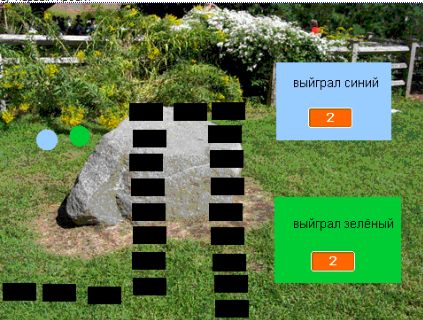
scratch.mit.edu/projects/sonoio/1072152
2) Click ring once to fill with green color or twice to fill with red. The first ring is on the top. The last ring is on the bottom. Click «проверка» (check ). Program will check who is the winner. And click flag for next. In this project the quantity of rings changes every time.
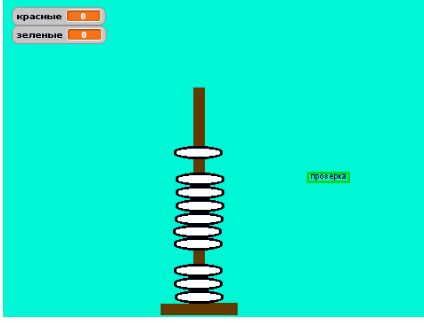
scratch.mit.edu/projects/sonoio/1074132
3) This strange red and green knifes fill smiles with color. (use arrows key or mouse) . The very last smile is in the bottom. Score gains automatically.
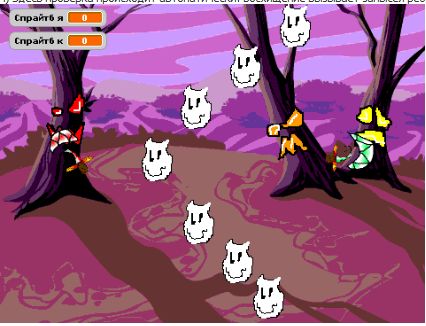
scratch.mit.edu/projects/sonoio/1072156
4) Click green or red circle and put it on bead. Use arrow “up” to put.
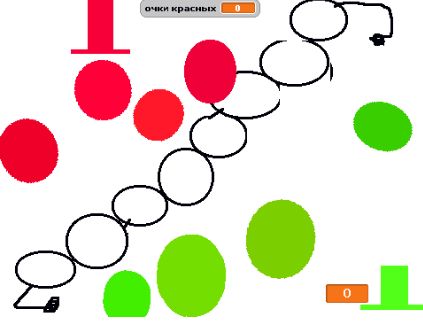
scratch.mit.edu/projects/sonoio/1072086
5) Use green and red arrows to fill bead. Choose bead (touch it with arrow) and click on it to fill with red or use space bar to fill with green.
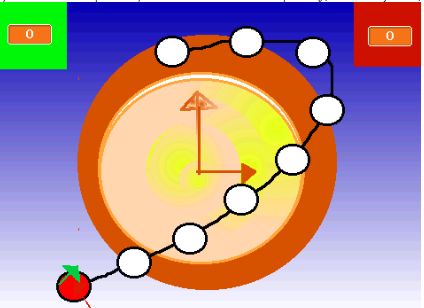
scratch.mit.edu/projects/sonoio/1072158
I’m the teacher of computer science. (I don’t know exactly if I use correct term. In Russian we call it информатика) My students are 9-10 years old. They work with Scratch sometimes for about 1,5 years. Not every lesson.
Another games and animations of my primary school students are there http://scratch.mit.edu/galleries/view/80744 and there http://scratch.mit.edu/galleries/view/41387
Svetlana Pronoza.
Russia, Novosibirsk.


Dear Svetlana,
Thank you so much for sharing your students' work.
I've been looking for examples to share with teachers and I think this is such an interesting example. It's nice to see the different ways the students approached the challenge.
Thanks,
K